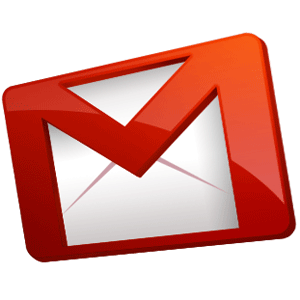WASHINGTON— The latest online phenomenon is already sitting in our inboxes.
Email newsletters have been on the rise the past couple of years, and they may be the key for the news media to reach audiences that are leaving newspapers and TV but are too busy to sort through all the information coming at them.
“What we’ve seen in recent days is the re-engagement or rediscovery of email as this way to have a better conversation with a customer,” said John Foreman, the chief data scientist at MailChimp, an email marketing service provider with a focus on small businesses.
In two years, MailChimp users have more than doubled the number of email newsletters they send.
“It is a real phenomenon,” said Joshua Benton, director of the Nieman Journalism Lab at Harvard University. “It is something that everyone is very interested in right now, and has been for some time.”
Email newsletters are one of the primary ways corporate executives get their news, according to a study conducting by Quartz in 2014. A study conducted by Pew Research Center in 2011 showed similar results. Ninety-two percent of online adults use email; 61 percent of them send and receive email daily.
Media organizations have taken notice of this email newsletter resurgence and increasingly are using the newsletters as a delivery platform. Politico was an early adopter, with reporter Mike Allen’s Playbook as the gold standard of email newsletters. Buzzfeed News and The New York Times are among those that have started new email newsletters in the past couple of months.
“We like to call it like a smart friend helping you make sense of the world,” said Millie Tran, a writer at BuzzFeed News who was involved in developing its newsletter.
Like new friends, readers trust newsletters from brands they are already familiar with. Email newsletters allow organizations to further expand their brands by attracting specific readers with the versatility and intimacy of the platform.
“Email is not owned by a company like Facebook, it is more like this very simple technology for one entity to another,” said Foreman. “This is your address on the Internet so I can say things to you that are more one-on-one.”
Carl Hulse helped create The New York Time’s political newsletter, First Draft, for people who want detailed, political news.
“It is a way for us to sort of corral a lot of this political news…we have a lot of people right now who are devoted to this…we have a lot more [content] that will be interesting to people,” Hulse said.
Hulse expanded on the New York Time’s brand by adapting the Times’ tone so it was easier to read for people in the mornings.
“I think we are trying to be a little more glib…but I think we are maintaining the sensibility of the New York Times in there,” said Hulse.
Email newsletters also can be used to give readers information they wouldn’t find on their own.
“You kind of choose whatever these organizations’ values, missions, you agree with, you trust. Then you kind of off-load that trust to them, and have them read the Internet for you and try to make sense of it,” said Tran.
Tran’s email newsletter contains a lot of content from Buzzfeed, but she also includes a couple stories from different websites that her audience may appreciate.
Email is a part of people’s personal and professional lives, so they feel like they are making a commitment when they sign up for a newsletter.
“The barrier for acquiring a new subscriber is super high and losing them is super easy…you can totally miss their expectations and interests,” said Tran.
Said Hulse: “We are putting it right in front of you, I don’t know if we can make it easier.”


